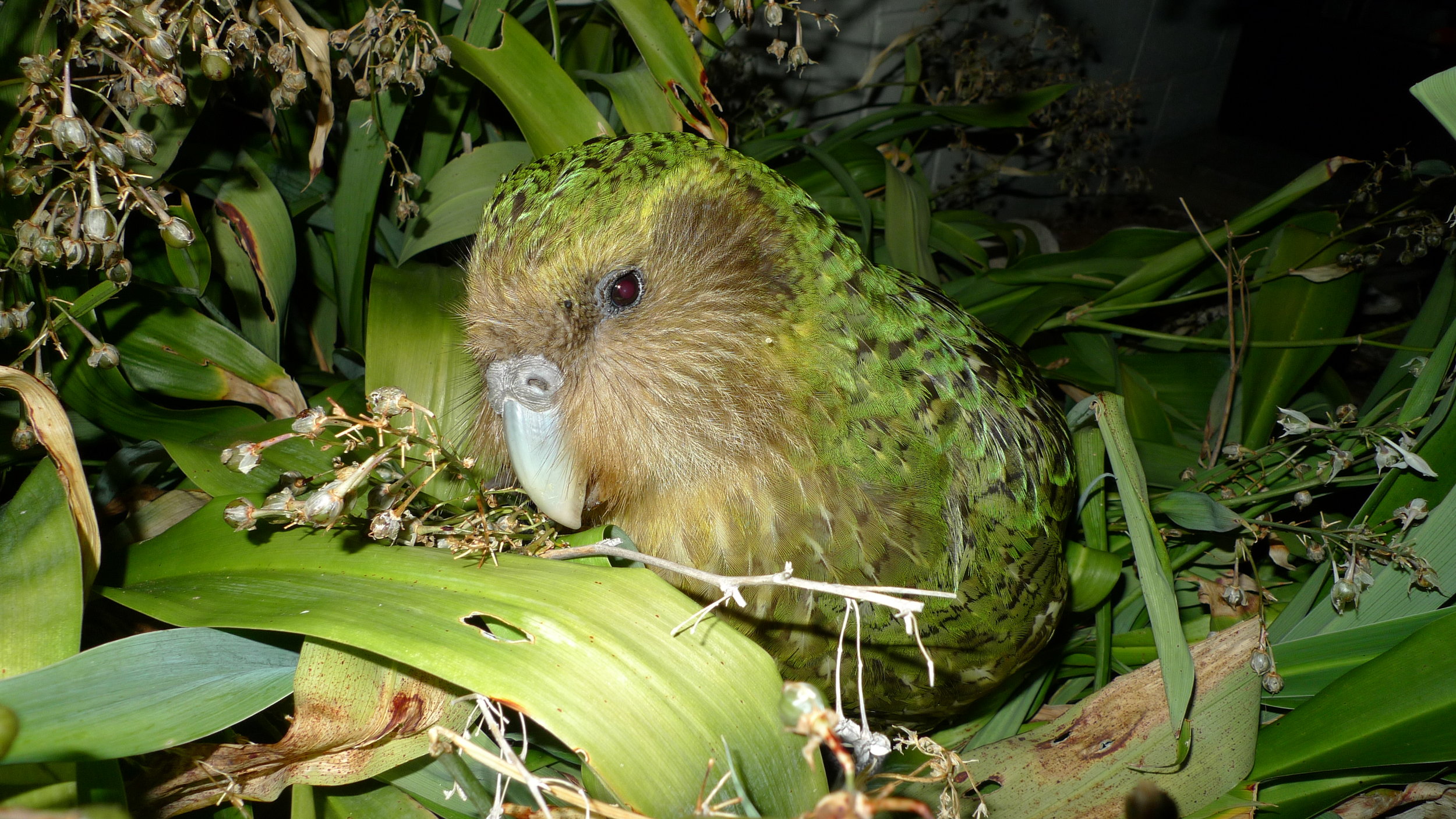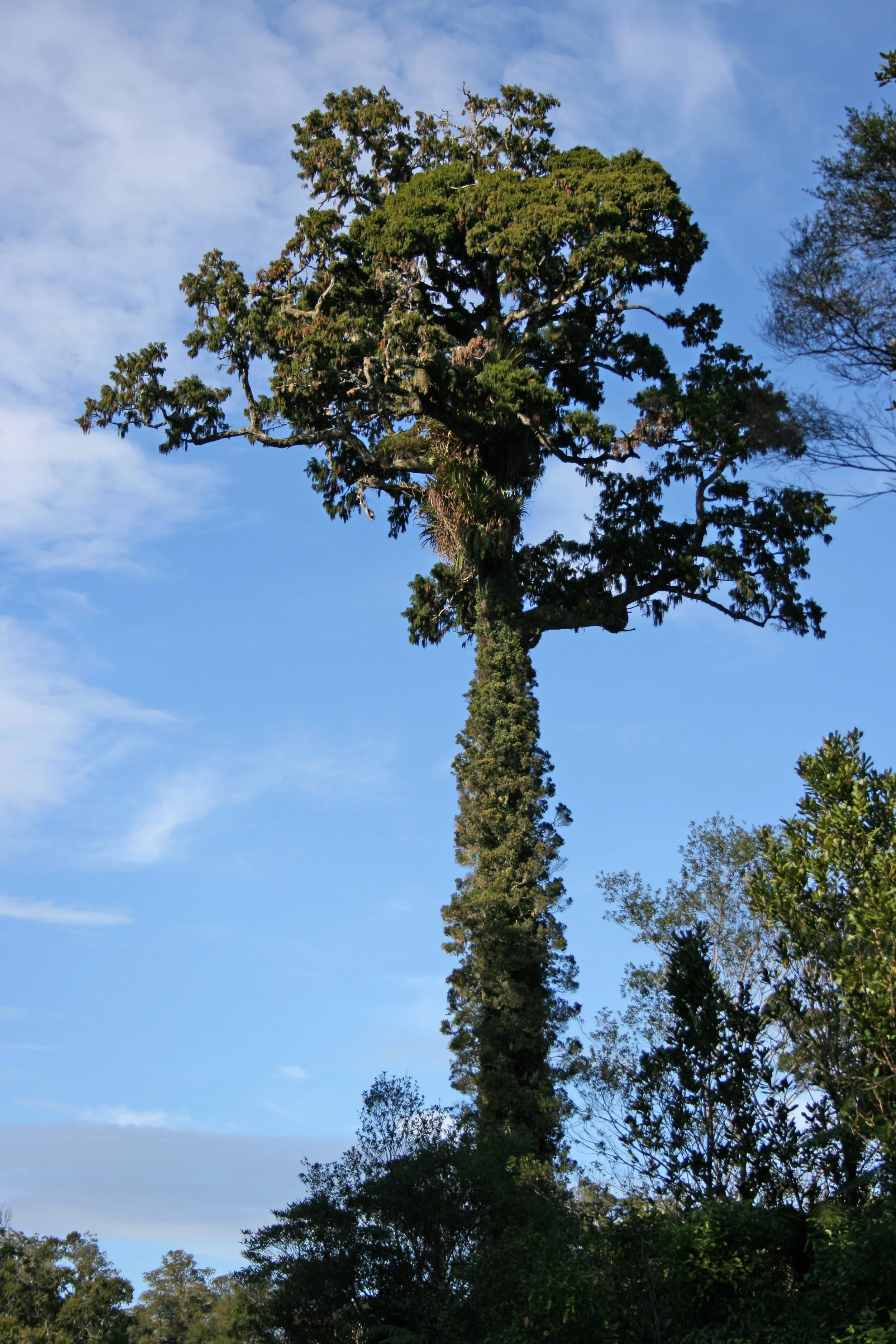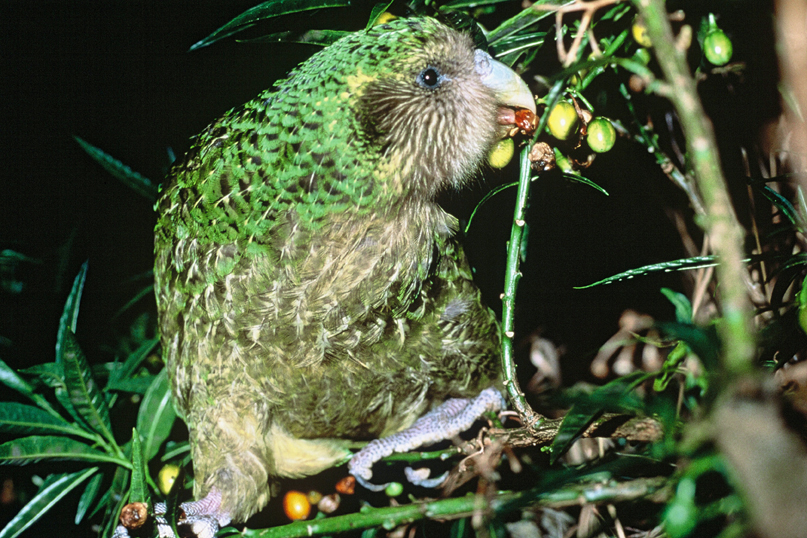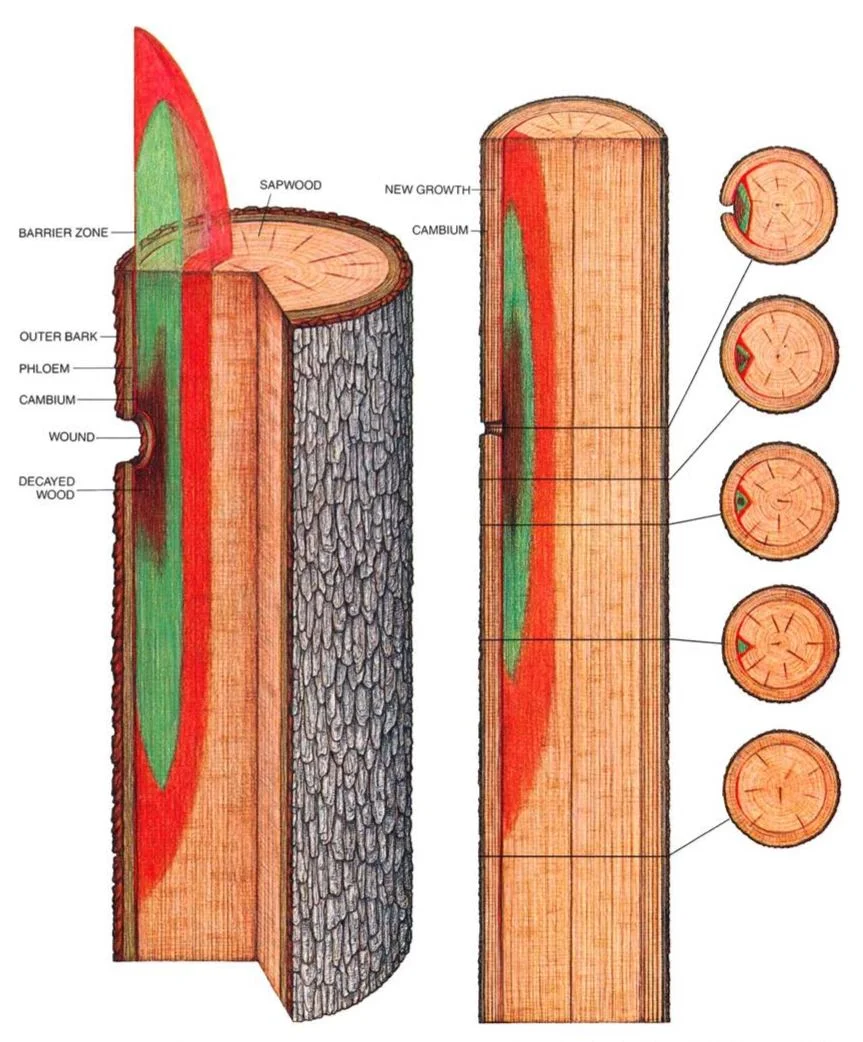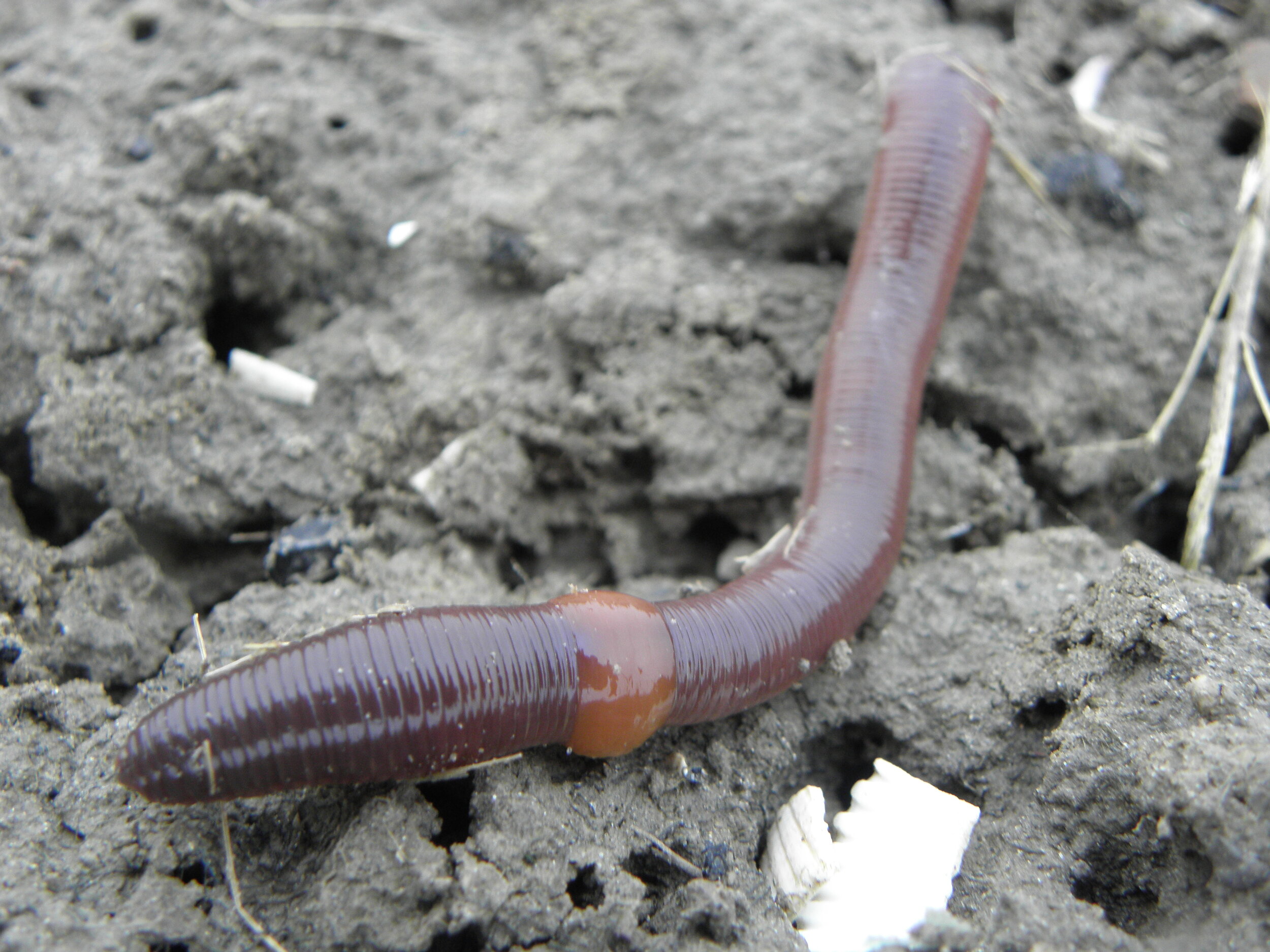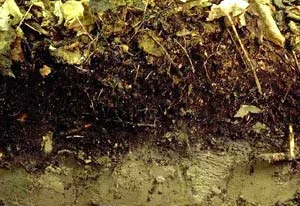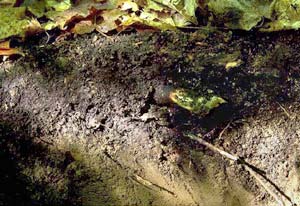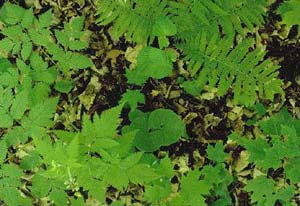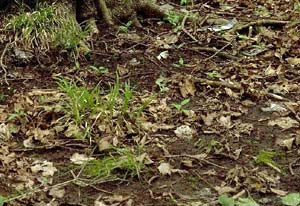Photo by Department of Conservation licensed under CC BY 2.0
The plight of the kākāpō is a tragedy. Once the third most common bird in New Zealand, this large, flightless parrot has seen its numbers reduced to less than 150. In fact, for a time, it was even thought to be extinct. Today, serious effort has been put forth to try and recover this species from the brink of extinction. It has long been recognized that kākāpō breeding efforts are conspicuously tied to the phenology of certain trees but recent research suggests one in particular may hold the key to survival of the species.
The kākāpō shares its island homes (saving the kākāpō involved moving birds to rat-free islands) with a handful of conifers from the families Podocarpaceae and Araucariaceae. Of these conifers, one species is of particular interest to those concerned with kākāpō breeding - the rimu. Known to science as Dacrydium cupressinum, this evergreen tree represents one of the most important food sources for breeding kākāpō. Before we get to that, however, it is worth getting to know the rimu a bit better.
Rimu are remarkable, albeit slow-growing trees. They are endemic to New Zealand where they make up a considerable portion of the forest canopy. Like many slow-growing species, rimu can live for quite a long time. Before commercial logging moved in, trees of 800 to 900 years of age were not unheard of. Also, they can reach immense sizes. Historical accounts speak of trees that reached 200 ft. (61 m) in height. Today you are more likely to encounter trees in the 60 to 100 ft. (20 to 35 m) range.
The rimu is a dioecious tree, meaning individuals are either male or female. Rimu rely on wind for pollination and female cones can take upwards of 15 months to fully mature following pollination. The rimu is yet another one of those conifers that has converged on fruit-like structures for seed dispersal. As the female cones mature, the scales gradually begin to swell and turn red. Once fully ripened, the fleshy red “fruit” displays one or two black seeds at the tip. Its these “fruits” that have kākāpō researchers so excited.
Photo by Department of Conservation licensed under CC BY 2.0
As mentioned, it is a common observation that kākāpō only tend to breed when trees like the rimu experience reproductive booms. The “fruits” and seeds they produce are an important component of the diets of not only female kākāpō but their developing chicks as well. Because kākāpō are critically endangered, captive breeding is one of the main ways in which conservationists are supplementing numbers in the wild. The problem with breeding kakapo in captivity is that supplemental food doesn’t seem to bring them into proper breeding condition. This is where the rimu “fruits” come in.
Breeding birds desperately need calcium and vitamin D for proper egg production and they seek out diets high in these nutrients. When researchers took a closer look at the “fruits” of the rimu, the kākāpō’s reliance on these trees made a whole lot more sense. It turns out, those fleshy scales surrounding rimu seeds are exceptionally high in not only calcium, but various forms of vitamin D once thought to be produced by animals alone. The nutritional quality of these “fruits” provides a wonderful explanation for why kākāpō reproduction seems to be tied to rimu reproduction. Females can gorge themselves on the “fruits,” which brings them into breeding condition. They also go on to feed these “fruits” to their developing chicks. For a slow growing, flightless parrot, it seems that it only makes sense to breed when this food source is abundant.
Photo by Department of Conservation licensed under CC BY 2.0
Though far from a smoking gun, researchers believe that the rimu is the missing piece of the puzzle in captive kākāpō breeding. If these “fruits” really are the trigger needed to bring female kākāpō into good shape for breeding and raising chicks, this may make breeding kākāpō in captivity that much easier. Captive breeding is the key to the long term survival of these odd yet charismatic, flightless parrots. By ensuring the production and survival of future generations of kākāpō, conservationists may be able to turn this tragedy into a real success story. What’s more, this research underscores the importance of understanding the ecology of the organisms we are desperately trying to save.
